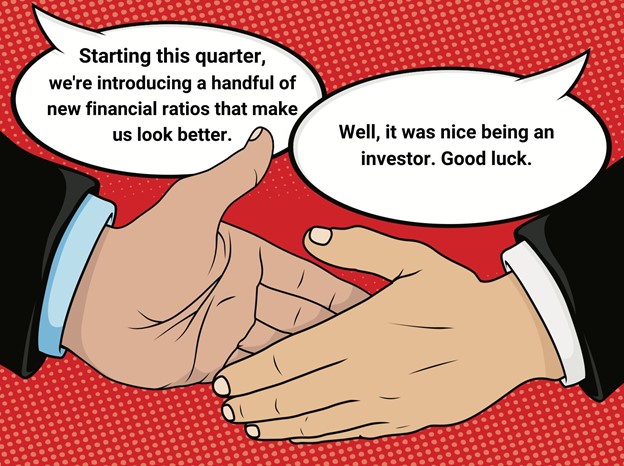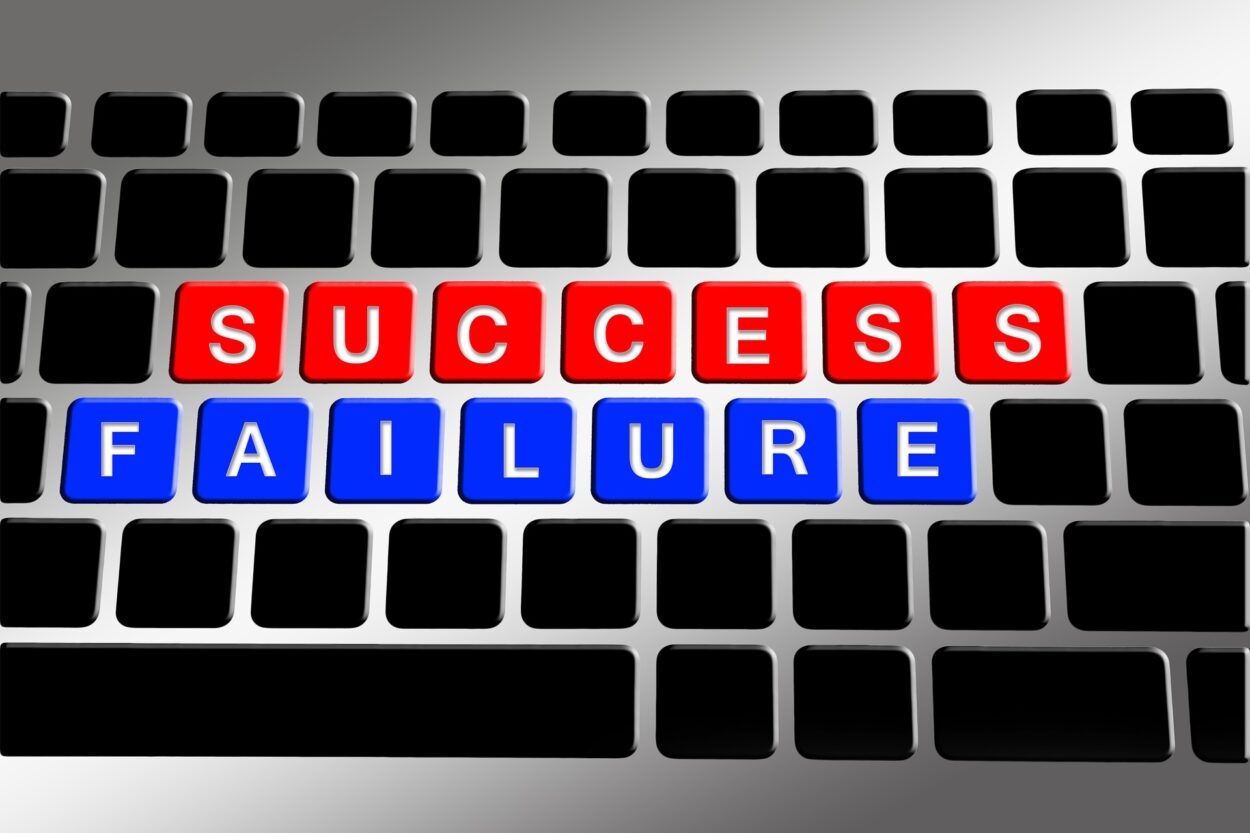
Y Combinator (YC) is a Silicon Valley-based school for startups. They provide an 11-week course for founders. The program does not accept everyone. There is an application and interview process. They start with the group of founders that they think they can help the most.
YC’s goal is to help these startups take off. It boasts that every startup is in dramatically better shape after taking its 3-month course. For most startups, better shape translates into two things: to have a better product with more users and to have more options for raising money.
Founders who are in the program receive advice and ongoing support from each other, successful founders, and YC alumni. There is a lot of one-on-one counseling. YC even provides introductions to potential customers and investors.
Most importantly, YC makes a $500,000 investment in every company. The $500K investment is made on 2 separate “simple agreements for future equity[1]” or what they call SAFEs: YC invests $125,000 on a post-money safe in return for 7% of your company (the “$125k SAFE”) and then invests $375,000 on an uncapped SAFE with a Most Favored Nation (“MFN”) provision (the “MFN SAFE”).
Given that each company is vetted before it enters the program, each given specific advice about its product, a lot of general advice and hand-holding, introductions to customers and investors, and a $500,000 initial investment, I think it fair to say that these companies might have a better chance of success than those who do not enter the program.
YC boasts its strong track record, but I question how strong. If the average success rate for startups is only one of ten, I would expect YC to be boasting that a much larger percentage of companies that complete their program are profitable three or five years later. If three out of ten of the companies that went through their program survived and prospered, I would think that YC would have published that result and boasted about it. But they do not.
Instead, YC falls back on valuations these companies achieve. It claims that the four thousand companies that have completed its program have achieved combined valuations equal to $600 billion.
These valuations are meaningless. They are just part of the venture capital circle jerk that says that a company is worth what I say its worth, because I’m a VC and you are not.
I recently reviewed a copy of the Y Combinator Guide to Seed Fundraising Every Founder Needs to Read. The Guide is specifically aimed at start-ups seeking capital from VCs and angel investors. At first blush that may seem like a lot of businesses trying to get off the ground. The Guide is actually targeted at a very limited and specific group of companies. So limited, in fact, the suggestion that every founder should read this Guide is a farce.
At best, the Guide might be useful for companies founded by some Silicon Valley software developers. Unfortunately, the Guide is so inaccurate that it has no value to anyone. These are some of the topics that the Guide covers:
What is a Startup anyway?
In YC’s world a“startup” means a company that is built to grow fast”. How fast? The Guide suggests that a “rate of 10% per week for several weeks is impressive. And to raise money founders need to impress.”
Any business whose sales double every 2 months is impressive, but if that is what YC is looking for, you will rarely find one among the thousands of companies at conferences or pitch competitions that VCs sponsor or attend. If that type of sales growth was a requirement for VC funding, those conferences would sell very few tickets.
A company with that type of growth would be more likely to either manage its cash flow to self fund. Alternatively, it might turn to a factor or secondary commercial lender to keep its cash flowing.
The Guide notes that right now there are lots of investors hoping to give the right startup money. That statement is true. There is a lot more investment capital available for new businesses than ever before.
Then the Guide goes completely off the rails.
The Guide says: “Fundraising is brutal. The process of raising that money is often long, arduous, complex, and ego-deflating. “
Actually, fundraising has never been easier. Imagine trying to raise funds for your business in the days before e-mail, Excel and Zoom. Those technologies, together with the JOBS Act, have made equity crowdfunding the most efficient and effective way for any company to raise capital. Instead of pitching to a handful of VCs a month, a well-executed crowdfunding campaign can reach thousands of targeted, potential investors per week.
The Guide mentions crowdfunding but essentially dismisses it. It suggests that crowdfunding might be a tool for fundraising “in exceptional cases”. The Guide refers to Kickstarter and Wefunder as examples of crowdfunding platforms. Neither of those platforms have anything to do with serious finance.
What YC actually does, introduce companies to investors, is a form of crowdfunding because it is a direct to investor sale of securities. YC apparently does not understand that. It suffers from Silicon Valley myopia. It refuses to see the bigger picture or see fundraising in the proper context.
How Much Money to Raise?
The Guide suggests that every company raise enough capital to sustain itself until it reaches profitability. That is certainly good advice but YC quickly shows why it cannot seem to grasp startup investing from the investors’ point of view. Investors want to know not only how much you will need to spend to become profitable, but how you intend to spend it.
As an example of how much a startup may need to raise, YC offers the following calculation:
“A rule of thumb is that an engineer (the most common early employee for Silicon Valley startups) costs all-in about $15k per month. So, if you would like to be funded for 18 months of operations with an average of five engineers, then you will need about 15k x 5 x 18 = $1.35mm.”
Put aside for a moment the fact that most new companies outside of Silicon Valley need no software engineers at all. If you are funding your business from investors, you owe it to investors to use their money intelligently. If you really need five software engineers you can find very talented ones for less money in Boston, Austin or Atlanta. Many of the largest tech companies employ engineers in Europe, Asia, or Latin America at a fraction of what they would pay in Sunnyvale.
If you want your company to be among the one in ten that succeeds, why would you pay more for engineers than you need to spend? For that matter why would you locate your company in Silicon Valley and pay exorbitant rent unless you absolutely had to do so?
How you will use the proceeds of your offering is something that the SEC expects you to disclose. Investors would want to know if you were using their money to take a long executive retreat in the Bahamas.
Investors want to know not only how you will spend their money but also how you will turn their money into a profitable business. Remarkably, YC leaves that fact out of its recommended pitch.
The Pitch
The Guide goes on to suggest that a perfect pitch tells investors how you will solve some painful problem for an enormous number of customers in a billion-dollar market. Unless you are looking for funding to start a new cartel to sell cocaine to Silicon Valley VCs, few companies fit this business model.
Silicon Valley exploits a fictitious unicorn mentality. Win very big or go home. It has become a cult of personality, worshiping successful founders who cashed out, believing that they have found the “secret to success”.
Most startups are happy to raise between $1-$2 million. Most investors are satisfied with ROI delivered in the form of passive income. They are not looking for pie in the sky.
SAFEs
YC will be remembered for its development and advocacy of the use of the SAFE. It is an agreement between an investor and the company that provides rights to the investor for future equity in the company.The Guide notes that “a safe acts like convertible debt without the interest rate, maturity, and repayment requirement.”
With that many unknown factors, a safe is a derivative because its value derives from a future event, another round of funding. Because that event may never happen purchasing a safe always increases the risk that each investor is taking. Because the risk is higher, so too must be each investor’s reward. In the case of a safe the reward is equity in the company.
Perhaps the biggest mistake any company can make is giving away to much equity, too cheap. That is exactly what a safe does. That is why using a safe YC can get 7% of your business for $125,000.
The fact is that most investors, including wealthy investors and family offices, have never purchased a safe. In addition to convincing those investors that your company is worthy of their investment, you will have to convince them that offering them a safe was the best way for them to invest.
The key question that needs to be answered about any safe is what your company will be worth when it does its next round of financing, the round where the shares purchased with the safe are priced. YC always has a good answer for that because when the time comes, they will just advise you to assign any value you choose to your company.
What is your company worth?
In its Guide, YC says that “it should be obvious that no formula will give you an answer” to the valuation question. .Actually, there are quite a few formulas that are used daily by business brokers and appraisers to value any business. These formulas are readily accepted in the marketplace but do not fit into YC’s narrative.
For decades, startups were funded without any valuation assigned to them. As YC notes, “there can only be the most notional sort of justification for any value at all.” So why assign a value these companies in the first place?
Whenever a company issues new shares the value of those shares is diluted by the value of the existing shares. While this dilution is always disclosed to investors, it is contrary to the idea that additional capital adds to the value of the company. If more capital adds anything to a company it is potential, an item that never shows up on any balance sheet.
If you look at it objectively YC’s valuations are just a lot of hot air. So too, is their promise to turn your company into a billion dollar enterprise in 11 weeks.
YC beats the drum in the fairyland that Silicon Valley has become. Far from the innovative hub of the internet it once was, Silicon Valley is now the home of a generation of young people with worthless degrees and enormous amounts of student debt.
If you look at YC’s website, they make it seem easy. Enroll in their program. Attend their classes. Accept their money. Become a billionaire by Christmas.
Don’t step in the unicorn poop on your way out.
If you’d like to discuss this article or anything related, then please contact me directly HERE
Or you can book a time to talk with me HERE







